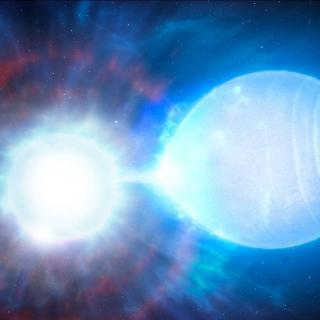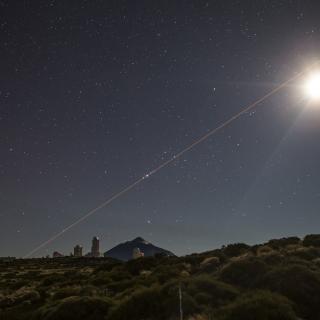Stellar ages are key to several fields of astrophysics such as exoplanet research, galactic-archeology, and of course stellar physics. Obtaining the ages of stars is however not straightforward and requires stellar modeling. The most widely used technique only requires stellar colors or temperature and surface gravity, but the uncertainties are quite large. This technique is most efficient for stars belonging to clusters, as they were born from the same molecular cloud and share the same ages. In the last decades, based on the study of stellar acoustic waves, asteroseismology became the most precise method for dating stars. However, asteroseismology requires a high signal-to-noise ratio in the observations and is limited to a small number of stars.
It has been shown that stars like the Sun slow down and become less active as they age. Thankfully, rotation and magnetic activity are easily extracted for a large number of stars. This is possible by measuring variations in the stellar luminosity due to dark magnetic spots, similar to those we observe on the Sun. This means that if we are able to obtain reliable rotation and activity we can infer stellar age. Doing this for tens of thousands of stars would be a powerful way to understand the evolution of stars.
This is what we did in this work. By taking advantage of the largest catalog of rotation and magnetic activity of the Kepler stars that we built recently, we developed two different approaches to predict the stellar ages using Bayesian inferences and artificial intelligence techniques. In the past, most studies focused on the rotation-age relation, here we demonstrated that the knowledge of the magnetic activity in addition to the rotation, improves the predicted stellar ages as shown in the figure below. This shows the power of magnetic activity to determine how old stars are, enriching our understanding of stellar evolution.



